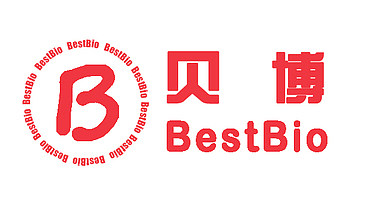Identifying Different Types of Chromatin Using Giemsa Staining
互联网
互联网
相关产品推荐

May-Grünwald 溶液,for the staining of blood constituents,阿拉丁
¥518.90

Giemsa stain (ready-to-use)(S0213)-100ml/500ml
¥120

Recombinant-Mouse-Macrophage-scavenger-receptor-types-I-and-IIMsr1Macrophage scavenger receptor types I and II Alternative name(s): Macrophage acetylated LDL receptor I and II Scavenger receptor type A; SR-A CD_antigen= CD204
¥12852

SMARCB1/SMARCB1蛋白Recombinant Human SWI/SNF-related matrix-associated actin-dependent regulator of chromatin subfamily B member 1 (SMARCB1)重组蛋白BRG1-associated factor 47蛋白
¥1344

细胞衰老检测试剂盒 / Cell Senescence β-Galactosidase Staining Kit
¥2000

